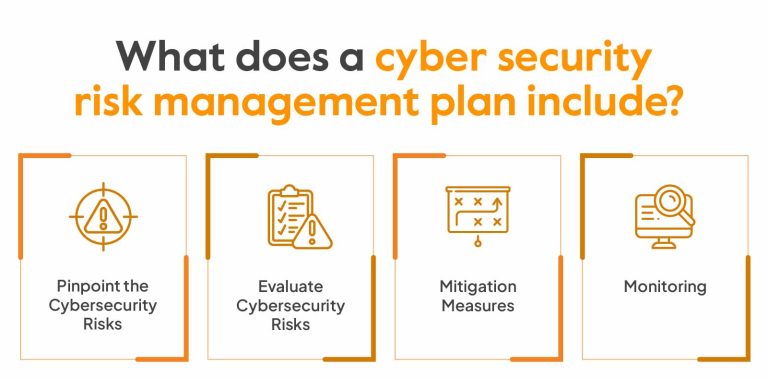Table of Contents
- Introduction
- Current Threat Landscape
- Importance of Threat Management
- Key strategies for effective management
- Significance of Technology in Threat Management
- Conclusion
Considering that almost every aspect of modern life is connected to digital technology in this time and age, the prevalence of cyber threats has become more prevalent. Yet, within the growing concern for these threats lies the importance of effective threat exposure management. It’s not just protecting the data; it’s managing the threats—ensuring the trust and stability of entire digital ecosystems.
No matter the size, organizations must implement effective strategies that can save them from cyber-attacks. While the risk faced by both small and large ones is the same, the stakes are high. We intend to discuss in enough detail the most active strategies and technologies credited to handling such types of threats to give actionable insight into how to improve organizations’ security postures.
Current Threat Landscape
The cyber threat landscape is constantly changing, with new dangers being created daily. Common threats include ransomware, phishing, and advanced persistent threats or APTs. According to TechRadar, there has been a spike in ransomware attacks against many sectors, including health and finance. Understanding such risks is critical to mitigation. Cybercriminals continue to find new ways of spreading their malice since sophisticated techniques can easily compromise even the most robust security systems.
Not only has ransomware evolved, but so have phishing scams, such as posing as trusted entities to gain sensitive information. Another growing concern is APTs, where an attacker gains unauthorized access over a long period, gradually siphoning off valuable data. Keeping up to date with such developments is the only way any organization can effectively strengthen its cyber defenses.
Importance of Threat Management
The importance of threat management is far greater than that of data protection alone; it boils down to tending to the general integrity and credibility of organizations. According to a report by CNBC, a company could lose millions of dollars and its reputation due to just one case of a breached dataset. Though financially crippling, the aftermath in terms of customer trust and brand reputation from a cyber attack can be even more significant and more complex to regain.
An organization also risks suffering additional regulatory penalties and legal problems due to a cyber event. The GDPR sets out, and so do state data protection laws, very stringent requirements on the reporting and managing data breaches—in fact, imposing heavy sanctions for failure to comply. The establishment of resolute threat management practices is thus more than advisable but a requirement for compliance and protection from multifaceted risks within your organization.
Key Strategies for Effective Management
However, one of the best protective strategies is investing in high-quality ATM skimmers for sale. These advanced tools can detect unauthorized devices that may compromise sensitive information at ATMs, ensuring that transactions remain secure.
There are several ways in which the organization can handle threats. Risk assessments conducted at regular intervals aid in identifying the emergence of probable vulnerabilities and, on their own, take remedial measures to the digital ecosystem down from the network structure to the user’s device. Making the staff aware of cyber hygiene practices goes a long way towards preventing phishing attacks and social engineering strategies of threats. Regular training can update the staff regarding current threats and their behavior. Multi-factor authentication complicates and confuses the layer of security for unlawful access to the information by the cybercriminal. The measure authenticates devices using two or more verification factors, hence improving security. Incident response procedures require adequate planning, which helps cover all stages after a breach: threat detection, containment, eradication, recovery, and communication of all relevant stakeholders.
Significance of Technology in Threat Management
Technology is the most significant enabler in this cyber threat fight. Advanced threat detection systems, artificial intelligence, and machine learning can identify threats with high accuracy and act on them in near real-time. These technologies have been purposely developed to sift through vast data volumes for patterns that signal malignant activity, raising early warnings of new threats.
Continuous threat monitoring monitors the possible breaches, which can have interventions in time. SIEM can draw from any number of sources to come up with a summarized version for an overall picture of security events, thus bringing about real-time detection and response. Besides, technologies like blockchain can be dovetailed into the security architecture to provide immutable records against tamper and fraud.
Conclusion
Effective threat management strategies assume prime importance. This can be realized by looking at the current threat landscape, where Key Strategies for Effective Management revolve around risk assessment and employee training, multi-factor authentication, and availing the help of technologies to build guarantees for digital assets most noticeably. The ultimate objective of threat management should be providing a resilient digital environment within which threats are hastily recognized and reduced, as would be envisaged in the continuum of business through protection. Organizations that treat their comprehensive threat management and invest in such initiatives will stand in a great position to navigate this intricate and ever-changing cybersecurity landscape.
